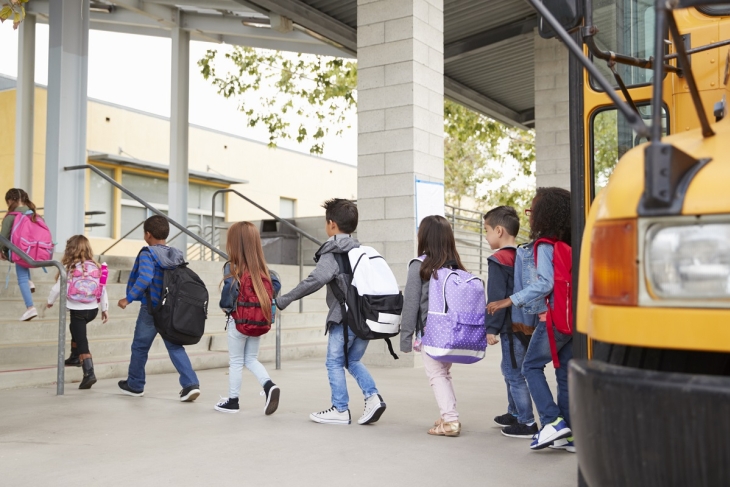The grouping of students into smaller, more homogeneous cohorts is a widespread instructional strategy utilized in elementary classrooms across the country. It is intended to boost the academic outcomes of all students through instruction targeted at an appropriate level, be that remedial or advanced or somewhere in between. As a research paper recently published in Educational Practice and Theory demonstrates, the manner in which groups are formed and the selection criteria for them has the potential to impact outcomes almost as much as the instruction given to them. The researchers posit that Instructional Grouping Theory (IGT) can optimize the grouping process for maximum student benefit and set out to prove it.
Maximization via IGT requires that students are ranked based on a particular attribute or set of attributes prior to grouping—specifically, facets closely related to the outcome desired. For elementary school students learning to read, for example, the easiest options would be prior grade performance and/or standardized test scores. Accurate and consistent measurement metrics matter, as well.
To create a mathematical version of how grouping works in a teaching context, the researchers assume a simply-scaled single attribute measurable for all individuals. We can call it prior test score or reading level or whatever. They also utilize a number of assumptions, including a set of twenty individuals to be broken into two smaller groups of equal size, an even attribute gap of 1 point between each ranked individual (e.g., the lowest-ranked individual has an attribute skill level of 1, the highest-ranked individual has a skill level of 20, and all others in between are separated from each other by just one point), an optimal learning environment is one in which individuals are taught at a level as close as possible to their skill level, an optimized grouping system is that which maximizes the collective benefit for all students, etc. Some of these assumptions appear geared mainly for simplicity of calculation rather than to try and reflect any part of real life in mathematical form. Seriously, why not a bell curve for skill distribution?
They first run their model for a cross-sectional grouping, in which the resulting groups are equal in the attribute of interest but contain both high-ranked and low-ranked individuals. That is, Group 1 comprises those individuals ranked 1, 3, 5, 7, 9, 11, 13, 15, 17, and 19 in, say, prior test scores, and Group 2 comprises those ranked 2, 4, 6, 8, 10, 12, 14, 16, 18, and 20. Thus while each group has the same combined rankings, there is a wide gap between the top and bottom performers in each. Even by setting a similar instructional level for each group at the mean attribute ranking of 10, the result is that half of each group would be instructed at a level above their demonstrated skill level and half would be instructed below their skill level. Those at the top and bottom of the ranking in each group would receive instruction nine levels away from their skill level. The teaching level can be adjusted up or down, of course, but to do so in this scenario would mean that more than half of the members of each group would be either lost or bored during instruction, depending upon which end of the spectrum you chose to focus, and that the distance between the instructor’s level the student at the farthest end of the skill distribution would be even larger than before.
Next the researchers run the model for a like-skilled grouping, in which Group 1 comprises the bottom half of the attribute ranking (1–10) and Group 2 the top half of the ranking (11–20). While the two groups are not equal to each other in terms of prior test scores (or reading level or whatever attribute is germane to the outcome), the gap between the top- and bottom-ranked individuals in each group is the same and is smaller than the gaps in the cross-sectional groups. Each of the like-skilled groups have a different mean attribute level, but setting the instruction level to the respective mean in either group results in a maximum gap between instruction and skill of 8.25. Changing the skill level in this model results in a similar dilemma as in the previous model.
Changing the model to create four equal groups rather than two reduces all measured gaps between instruction and student skill level in both types of grouping. However, the gaps are still smallest in the like-skilled grouping example.
In the end, the researchers cleanly streamline what with humans is an often messy grouping process that contains the possibility of extraneous and irrelevant attributes creeping in. Additionally, individual students will not line up in neat single-digit rankings. That being said, the theory is sound and the math doesn’t lie. If ability grouping is meant to boost all individuals toward higher outcomes, smaller groups of similarly-skilled individuals maximize whatever benefits grouping provides and run less risk of negative impacts through excessive over- or under-teaching.
SOURCE: Peter D. Wiens, Christine Zizzi, and Chad Heatwole, “Instructional Grouping Theory: Optimizing Classrooms and the Placement of Ranked Students,” Educational Practice and Theory (October 2022).


